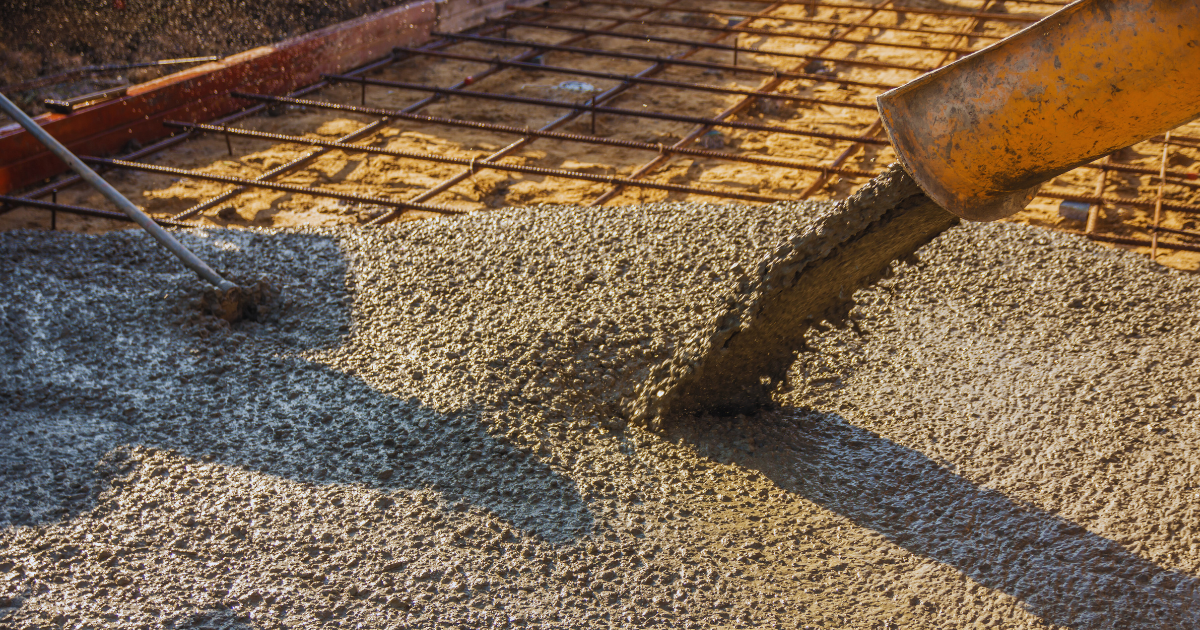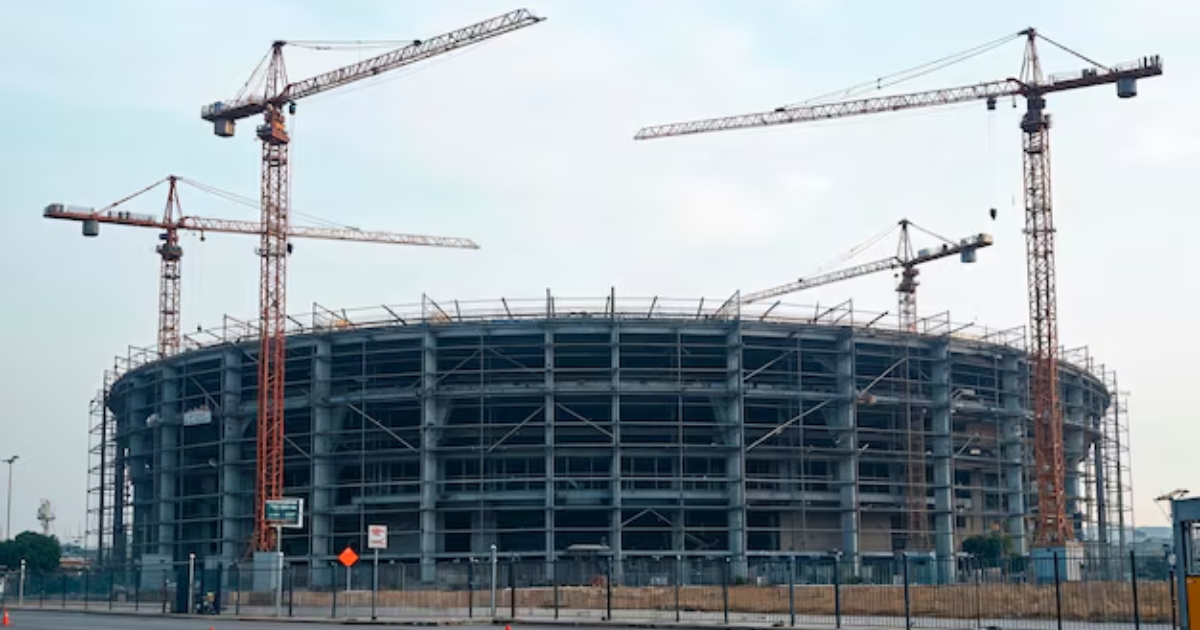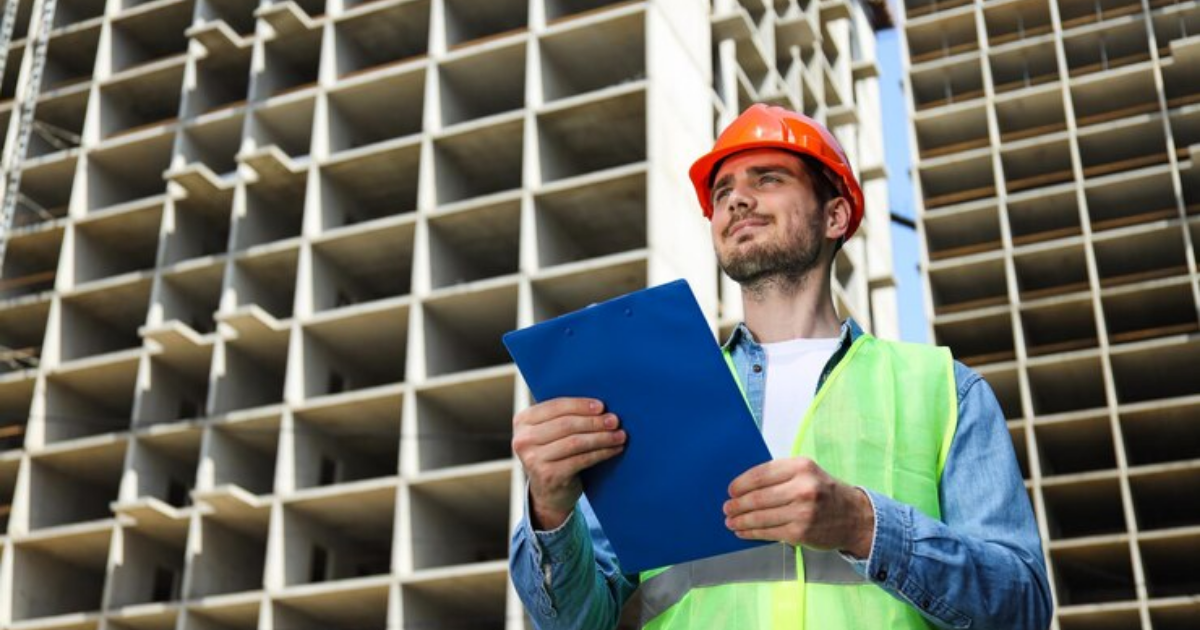Diaphragm wall construction is a critical technique used in deep excavation projects, such as basements, tunnels, and underground facilities, to provide structural stability and prevent the collapse of soil or water inflows. While this method offers robust support and enables the creation of complex structures, it also has notable environmental impacts. These impacts can range from soil disturbance and water contamination to the generation of dust and noise pollution. In this blog, we will explore the environmental consequences of diaphragm wall construction and examine effective strategies to mitigate these effects.
Understanding Diaphragm Wall Construction
Before diving into the environmental implications, it’s important to understand what diaphragm wall construction involves. Diaphragm walls are typically made of reinforced concrete, built either in-situ or using pre-cast panels. The construction process begins by excavating deep trenches that are stabilized with a bentonite or polymer slurry, preventing the surrounding soil from collapsing. Steel reinforcement is then placed inside the trench, followed by the pouring of concrete to form the wall. This technique is widely used in urban areas, especially for projects where space is limited and traditional excavation methods might be insufficient.
Environmental Impacts of Diaphragm Wall Construction
While diaphragm wall construction offers many structural benefits, it also presents several environmental challenges. Here are some of the key issues:
1. Soil Disturbance and Erosion
Excavating deep trenches for diaphragm walls disrupts the soil structure, leading to potential erosion and destabilization of the surrounding area. This can result in sediment runoff, especially during rainfall, which could harm local water bodies by increasing turbidity and affecting aquatic life.
2. Water Contamination
The use of bentonite slurry or other stabilizing fluids in diaphragm wall construction has the potential to contaminate groundwater if not properly managed. Bentonite, though non-toxic, can cloud water and affect water filtration systems, while polymers or other chemical additives might introduce harmful substances into nearby water sources. Additionally, uncontrolled slurry leakage during the construction phase can seep into rivers, lakes, or groundwater, creating broader environmental concerns.
3. Noise and Vibration Pollution
Diaphragm wall construction is often conducted in dense urban environments, generating significant noise and vibrations. Heavy machinery such as clamshells, cranes, and drilling rigs are necessary for trench excavation and reinforcement placement. These operations produce noise levels that can disturb nearby residents, as well as wildlife. Vibrations from heavy machinery may also affect the structural integrity of surrounding buildings, posing safety risks in older urban areas.
4. Dust and Air Quality
Dust generation is another major environmental issue associated with diaphragm wall construction. Excavation and the movement of materials such as concrete, steel, and slurry can release fine particulate matter into the air, reducing local air quality. Inhaling construction dust can cause respiratory issues in humans and animals, especially for workers on-site and residents in close proximity.
5. Energy Consumption and Carbon Emissions
Diaphragm wall construction is highly energy-intensive, relying on large amounts of fuel for machinery and equipment. This results in substantial carbon emissions that contribute to global climate change. The production of concrete and steel, both essential materials in diaphragm wall construction, also carries a heavy carbon footprint, further exacerbating environmental concerns.
6. Waste Generation
The construction of diaphragm walls produces various types of waste, including surplus soil, slurry, and construction debris. Without proper waste management systems in place, these materials can accumulate in landfills or, worse, be improperly disposed of, leading to long-term environmental degradation.
Mitigating the Environmental Impact of Diaphragm Wall Construction
Although diaphragm wall construction has notable environmental impacts, several strategies can be employed to mitigate these effects. By adopting best practices and utilizing modern technologies, the industry can significantly reduce its ecological footprint. Here are some effective measures to consider:
1. Sustainable Slurry Management
One of the most effective ways to mitigate water contamination during diaphragm wall construction is to implement proper slurry management practices. This includes using closed-loop slurry systems, which recycle the stabilizing fluids and reduce the risk of leakage into the environment. Furthermore, opting for biodegradable or eco-friendly slurry additives can minimize the potential for chemical contamination of water sources.
2. Sediment Control and Erosion Prevention
To minimize soil disturbance and erosion, construction sites should implement robust sediment control measures. Installing silt fences, sediment basins, and erosion control blankets can help capture soil runoff and prevent it from reaching nearby water bodies. Additionally, phased excavation and backfilling processes can reduce the exposure of soil to the elements, further minimizing erosion.
3. Noise and Vibration Reduction Techniques
To address noise and vibration pollution, contractors can employ noise barriers or acoustic enclosures around construction sites to reduce the sound levels affecting nearby areas. Additionally, scheduling noisy activities during daylight hours and using low-noise machinery can help lessen the disturbance for both people and wildlife. Advanced vibration monitoring systems can also be installed to ensure that the vibrations generated during diaphragm wall construction do not exceed safe thresholds.
4. Dust Suppression and Air Quality Monitoring
Implementing dust suppression techniques such as water spraying and the use of dust suppressants can significantly improve air quality around construction sites. Regular monitoring of air quality can help identify high-risk areas, allowing contractors to adjust their dust control strategies accordingly. Additionally, using machinery with exhaust filters can reduce the emission of harmful pollutants into the atmosphere.
5. Energy Efficiency and Low-Carbon Alternatives
Reducing the carbon footprint of diaphragm wall construction begins with optimizing energy consumption. This can be achieved by using energy-efficient machinery and adopting construction practices that minimize fuel use. Furthermore, exploring low-carbon alternatives for construction materials, such as fly ash or ground granulated blast-furnace slag (GGBS) in place of conventional cement, can significantly reduce emissions associated with concrete production.
6. Waste Reduction and Recycling
Waste management is a critical component of sustainable diaphragm wall construction. By adopting a comprehensive waste management plan, contractors can ensure that surplus materials such as soil, concrete, and slurry are either reused on-site or properly disposed of in an environmentally responsible manner. Recycling concrete and steel can also reduce the amount of waste sent to landfills and lower the demand for virgin materials.
The Role of Technology in Reducing Environmental Impact
Modern technologies play a crucial role in minimizing the environmental impact of diaphragm wall construction. Innovations such as Building Information Modeling (BIM) allow for more accurate planning and resource management, reducing the likelihood of waste and inefficiencies. Additionally, advancements in drilling and excavation equipment, such as electric-powered machinery, can reduce fuel consumption and lower emissions.
Furthermore, real-time monitoring systems for noise, air quality, and groundwater contamination enable construction teams to address environmental concerns as they arise, ensuring that mitigation strategies are adjusted dynamically throughout the project lifecycle.
Conclusion
Diaphragm wall construction is a vital technique for deep excavation projects, but it does come with significant environmental challenges. From soil erosion and water contamination to noise, dust, and carbon emissions, the impacts of this construction method are far-reaching. However, by adopting sustainable practices, utilizing eco-friendly materials, and leveraging modern technologies, it is possible to mitigate these effects and create a more environmentally responsible construction industry.
As diaphragm wall construction continues to evolve, the industry’s commitment to sustainability will be key to reducing its environmental footprint. By focusing on innovative solutions and responsible management, we can ensure that this essential construction technique aligns with global efforts to protect and preserve our environment.







